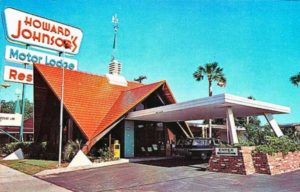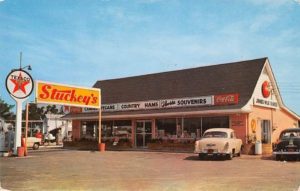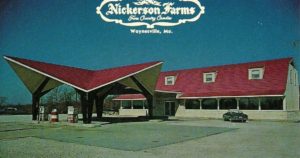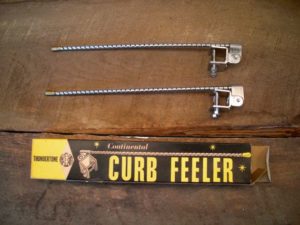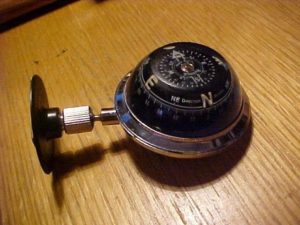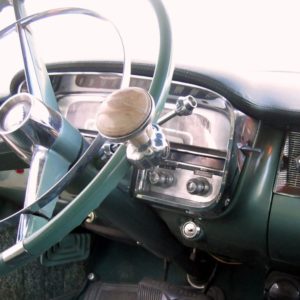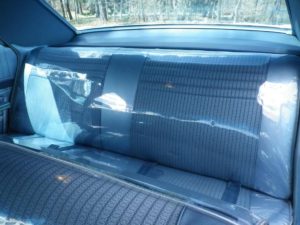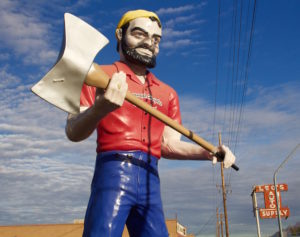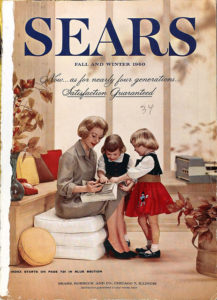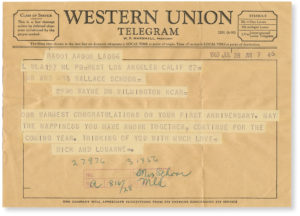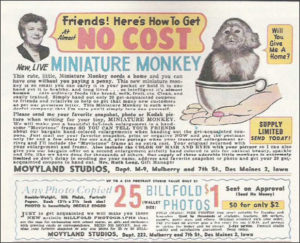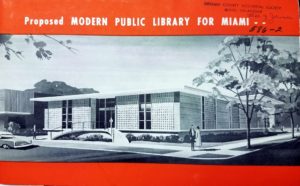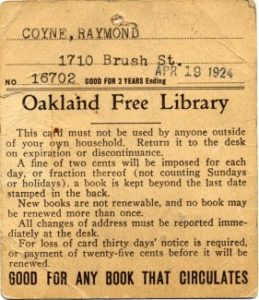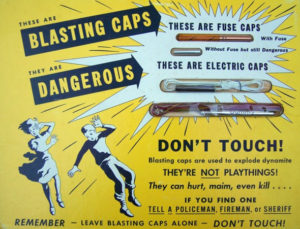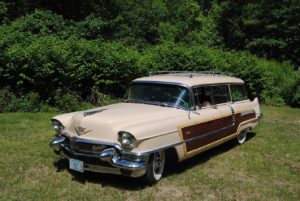
You could always tell which homes on the street had at least three kids living there: look for a fake-wooden-sided station wagon parked out front.
It’s hard to pinpoint when the station wagon got its start. The Ford Model T resembled a station wagon in its most basic form. However, the tiny vehicle could only hold four comfortably.
In 1923, Star (a division of Durant Motors) began marketing a larger factory-built station wagon. The wagon body was made from wood.
As the decades progressed, station wagons became a common sight on American highways. The Pontiac Woodie was one of the most famous, with wooden side frames melded into a steel body. Many a California surf bum drove a restored (or not) Woodie in the 60’s.
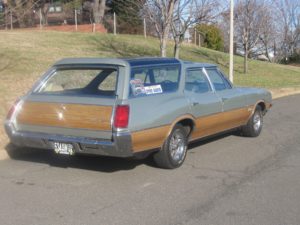
But the wood was a pain to maintain. Screws needed tightening, varnish needed periodic stripping and recoating, and the expanding and contracting lumber caused all sorts of sealing headaches.
So in 1935, Chevrolet introduced the all-steel Suburban.
But it was expensive, and sales were slow. It was considered a work vehicle, not a family-mobile. It wasn’t until after WWII ended that all-steel station wagons finally became cheap enough to produce to be successful.
Add to that the Baby Boom, and automobile manufacturers began cranking out station wagons in unheard-of numbers by the 1950’s. And most of them featured fake wood sides that brought back memories of genuine woodies.
By 1957, the wagons were common on American roads.
And most of them were full of Boomer kids.
By the 1960’s, station wagons were so common that they seemed to outnumber sedans. Wagons were a ubiquitous sight on American roadways right up until the late 1980’s.
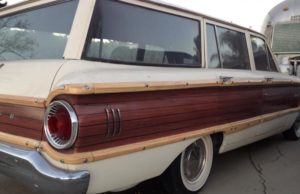
In 1984, Chrysler/Plymouth introduced the minivan. The death knell for station wagons was sounded.
Minivans allowed multiple passengers to enter the vehicle without dropping (or swinging) the tailgate. In fact, they could almost stand up! The different paradigms were an instant success, and soon practically every automaker, US and otherwise, were cranking out minivans and selling them as fast as they could make them.
Wagons continued to be manufactured, but their numbers fell each year.
In 1996, Chevrolet and Buick made their last station wagons.
We Boomer kids have fond memories of the spacious back ends of station wagons, big enough to set up miniature battlefields or road racing ovals on long vacation drives. You could also stretch WAY out and take a nap, too.
I had a 1990 Ford Taurus wagon with side-facing seats that popped up in the back area, allowing seven or eight to travel in the mid-sized vehicle! A major engineering accomplishment, to say the least. My young children loved getting to sit in the back.
Wagons are still manufactured by a few overseas car companies, and in 2005, the Dodge Magnum wagon was introduced. But long gone are the days when fake-wooden-sided wagons sat in front of many homes.
